The biggest benefit of VR is reaching global tourists. With 360-degree space, tourists anywhere can admire the beautiful scenery of Vietnam, helping to promote effectively without geographical limits. At Halong Wonder Park (Quang Ninh), tourists can role-play exploring Ha Long Bay through VR glasses; Sun World Ba Na Hills (Da Nang) takes players skiing in virtual space; Vinpearl Nam Hoi An helps explore tropical forests with VR. Some high-end hotels such as JW Marriott Phu Quoc Emerald Bay also have specialized VR rooms for tourists to experience the virtual world during their vacation.
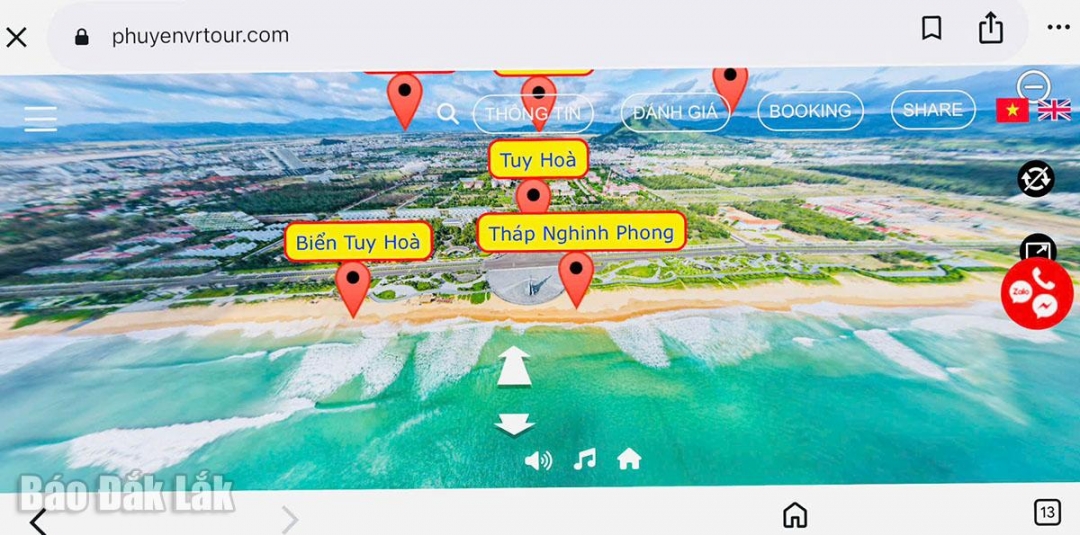 |
| A screen page introducing Dak Lak's tourist destinations on the virtual reality tourism site phuyenvrtour. |
Not only appearing in tourist areas, VR technology is also applied in tourism fairs and exhibitions. In Tokyo, “Vietnam House” used VR to introduce Vietnam’s scenic spaces and agricultural products. At the Vietnam International Tourism Fair (VITM 2020), visitors experienced a VR tour of Hoi An ancient town or admired famous heritages across the country.
Notably, the “VR360 Tour” platform digitizes a series of domestic tourist destinations such as Sa Pa, Ha Long, Hue, Hoi An, Ho Chi Minh City, etc. In the field of museums and relics, the VR tour of Son Doong Cave, VR360 of Thang Long Imperial Citadel, Temple of Literature, Hoa Lo Prison or the program “In Search of the Lost Royal Palace” in Hue has brought a new, attractive and intuitive approach to Vietnamese history and culture. Thanks to VR, artifacts and relics can be introduced to the public without being physically affected. Digitizing destinations helps reduce pressure on real relics, protecting natural landscapes and precious artifacts.
In Dak Lak province, in recent times, the culture and tourism sector has been promoting the application of this technology; digitizing data, building an automatic explanation database (Audio guide) at special national historical sites such as Buon Ma Thuot Prison, Bao Dai Palace, Lac Giao Communal House, and digitizing artifacts at Phu Yen Museum and Dak Lak Museum, creating a 3D virtual tour experience. Many famous tourist destinations such as Lak Lake, Bim Bip Waterfall, Ba Tang Cave, Jun Village, Mlieng Village... are also being digitized to serve visitors.
VR is especially appealing to young travelers – the group that loves to explore and is tech-savvy. For them, virtual travel is an attractive way to start before setting foot in a real destination, and is also content that can easily spread on social networks.
User Tran My Uyen (Dong Hoa ward) shared: “The VR experience is very realistic, helping me explore the beautiful scenery of my hometown Phu Yen and the western region of Dak Lak that I have not had the chance to visit yet”. Meanwhile, Ms. Ngoc Hoan (Hanoi) said: “Thanks to the virtual tour, I can travel to faraway places for free - an interesting and useful experience”.
After merging from the two provinces of Phu Yen and Dak Lak (old), the new Dak Lak land possesses both the beauty of the Central Highlands and the blue sea of Phu Yen, creating the potential to develop diverse types of tourism. In the current trend of digital transformation, the application of VR technology in tourism promotion and management is considered an inevitable step.
According to the Department of Culture, Sports and Tourism of Dak Lak, the province is focusing on building a digital platform to promote tourism: upgrading the Dak Lak Tourism Information Page at dulichdaklak.gov.vn; developing communication channels on social networks (Fanpage, YouTube...); operating a 24/7 tourism hotline; applying automatic explanations (Audio guide) and displaying 3D on the website hienvatdaklak.baotangso.com; performing 3D scanning on the topic "Traditional costumes of ethnic groups in Dak Lak"; experiencing VR at the address demo-map.vietnaminfo.net/tours/baotangdaklak; integrating QR codes at relics and scenic spots for visitors to look up information instantly via phone...
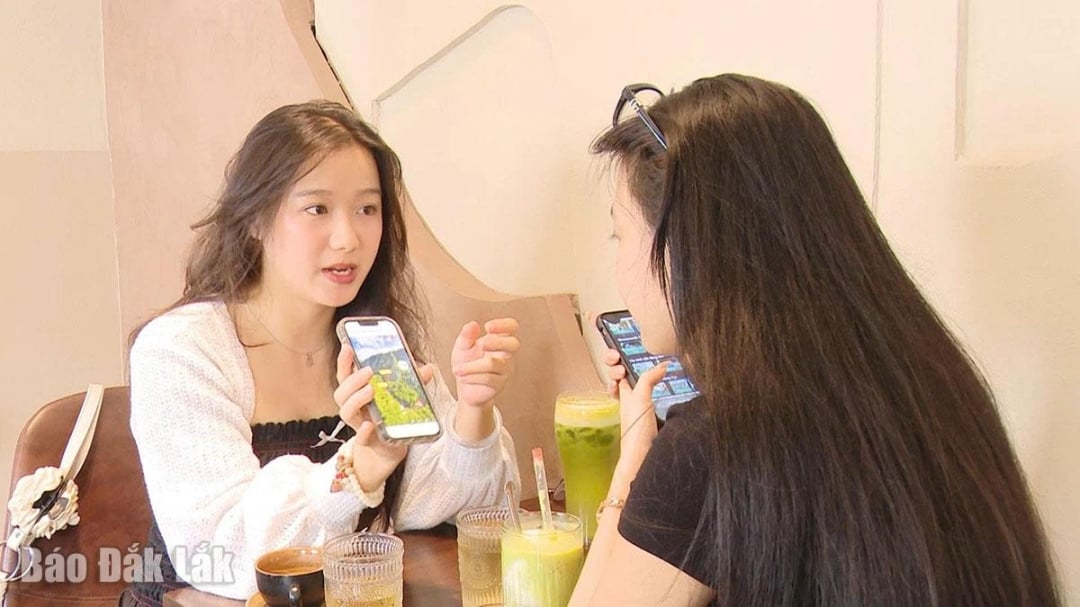 |
| Young people enjoy experiencing VR virtual reality tourism right at the cafe. |
All of this aims to create a synchronous digital tourism ecosystem, helping tourists easily access information, while enhancing the local image on online platforms.
A notable highlight is the “Dak Lak - Phu Yen VR Tour” project initiated by Mr. Nguyen Pham Bao Hau. The website phuyenvrtour.com was once the first virtual reality tourism platform in Phu Yen, now expanded to Dak Lak, introducing destinations, culture, cuisine and community life of ethnic groups in the Central Highlands. Mr. Hau’s website currently attracts thousands of visits, becoming a vibrant cultural and tourism promotion channel for both regions, contributing to evoking local pride and stimulating tourists to seek real experiences.
According to Mr. Tran Hong Tien, Director of the Department of Culture, Sports and Tourism of Dak Lak, the province possesses a rare advantage when converging "Majestic Great Forest - Vast Blue Sea - Unique Culture". To promote that potential, building and developing specialized digital platforms for tourism is an urgent task of strategic significance. "Developing digital tourism is not only to improve competitiveness but also a sustainable path to international integration, making Dak Lak an attractive, friendly and modern destination", Mr. Tien affirmed.
VR technology is gradually spreading the image of Vietnam and its people in general, and Dak Lak in particular, to the world. It is not just a story of technology, but also a transformation of modern tourism thinking - where experience, creativity and emotion go hand in hand.
| As virtual reality technology continues to develop, virtual reality tourism is not only a trend but also an essential part of Vietnam’s tourism industry. VR does not replace real tourism, but paves the way for real tourism to develop more strongly - because those who have “traveled virtually” will crave to travel in real. |
Source: https://baodaklak.vn/du-lich/202510/du-lich-thuc-te-ao-canh-cua-moi-cua-du-lich-hien-dai-b0a10cc/




![[Photo] National Assembly Chairman Tran Thanh Man received a delegation of the Social Democratic Party of Germany](https://vphoto.vietnam.vn/thumb/1200x675/vietnam/resource/IMAGE/2025/10/28/1761652150406_ndo_br_cover-3345-jpg.webp)
![[Photo] Flooding on the right side of the gate, entrance to Hue Citadel](https://vphoto.vietnam.vn/thumb/1200x675/vietnam/resource/IMAGE/2025/10/28/1761660788143_ndo_br_gen-h-z7165069467254-74c71c36d0cb396744b678cec80552f0-2-jpg.webp)
![[Photo] Prime Minister Pham Minh Chinh chaired a meeting to discuss solutions to overcome the consequences of floods in the central provinces.](https://vphoto.vietnam.vn/thumb/1200x675/vietnam/resource/IMAGE/2025/10/29/1761716305524_dsc-7735-jpg.webp)

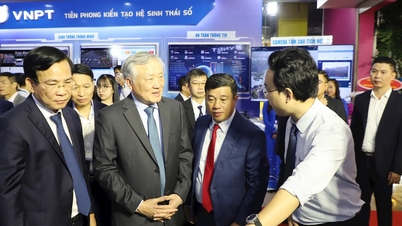

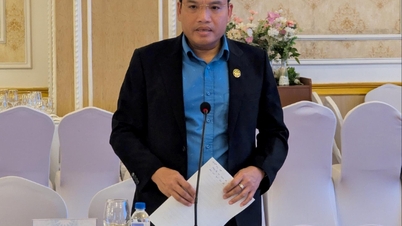

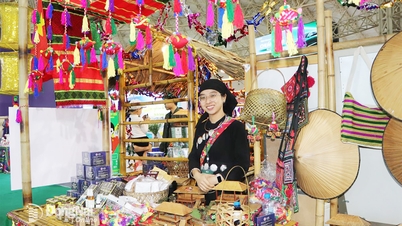

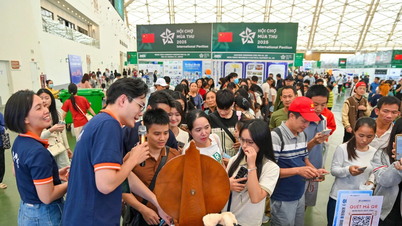



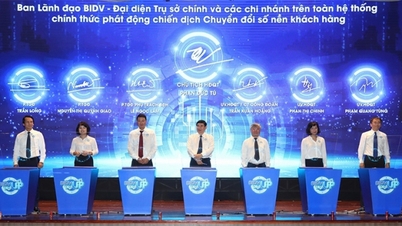

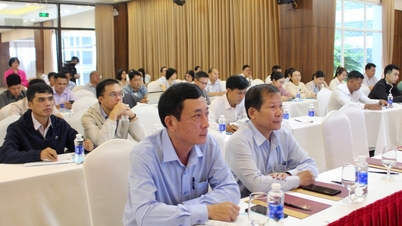
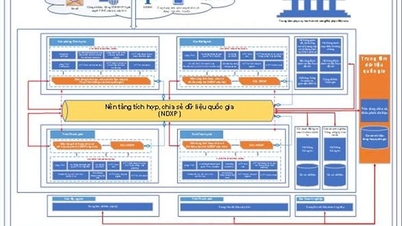

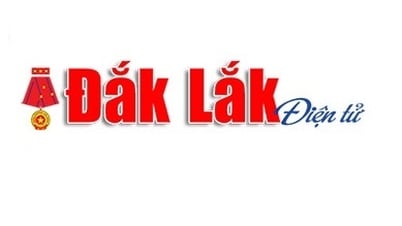
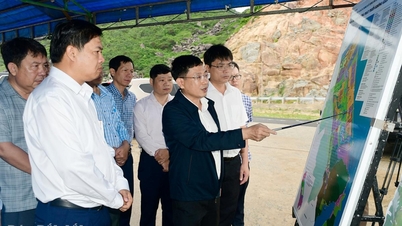
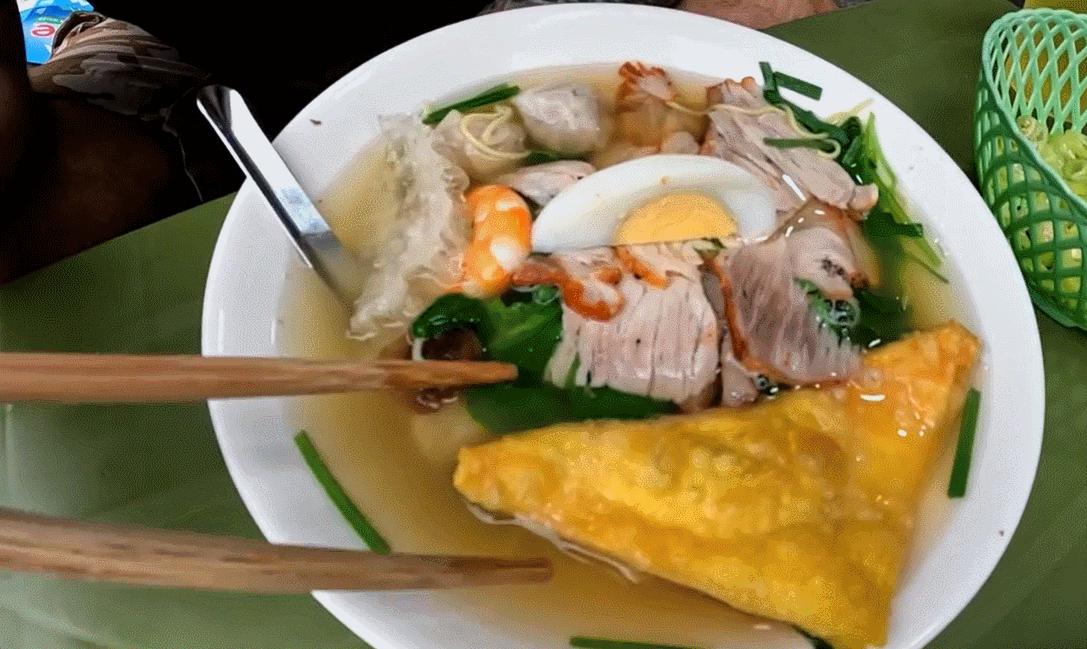
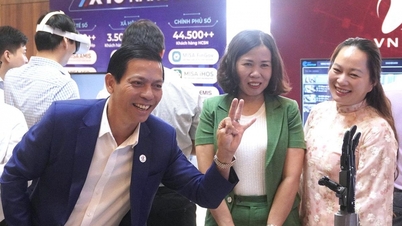




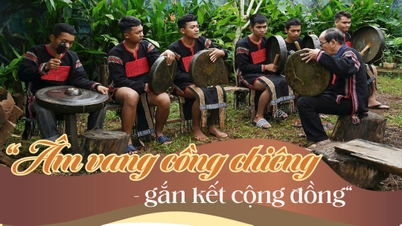
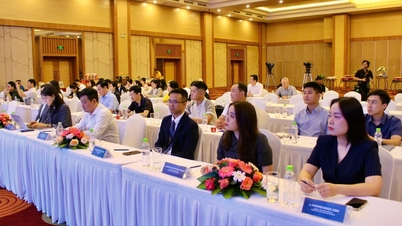
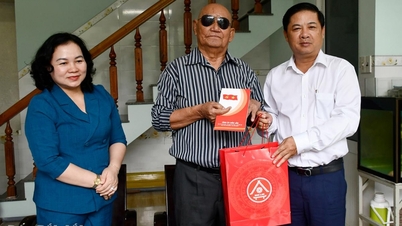
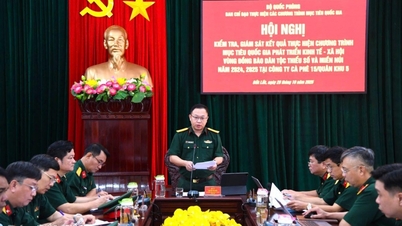
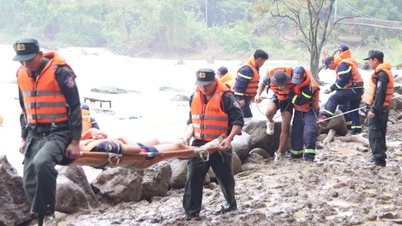
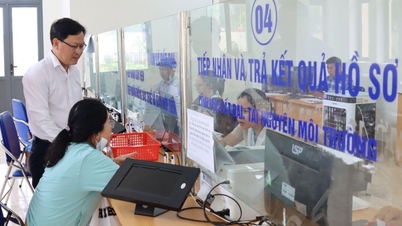
![[Photo] Draft documents of the 14th Party Congress reach people at the Commune Cultural Post Offices](https://vphoto.vietnam.vn/thumb/1200x675/vietnam/resource/IMAGE/2025/10/28/1761642182616_du-thao-tai-tinh-hung-yen-4070-5235-jpg.webp)


















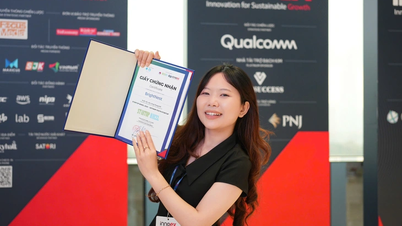








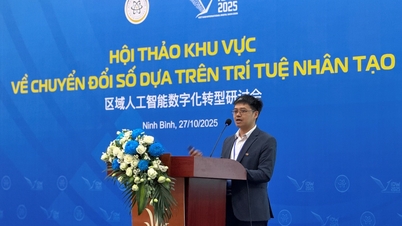







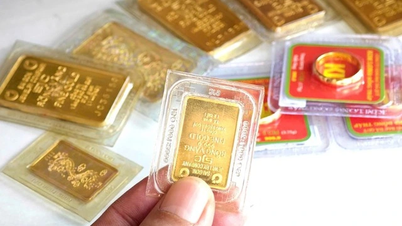
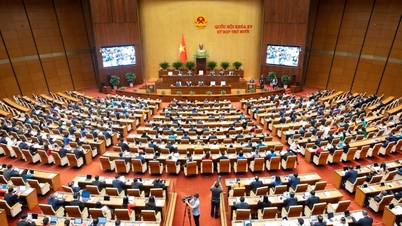
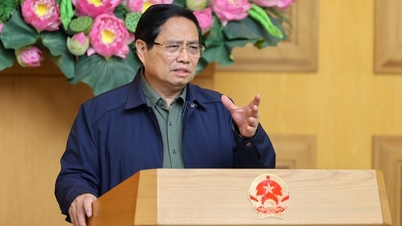
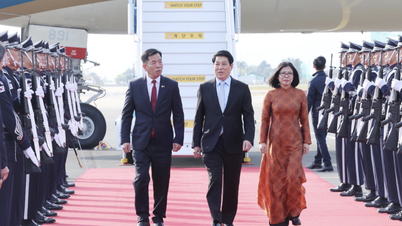

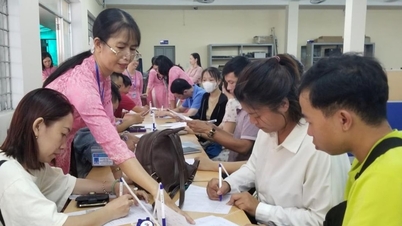

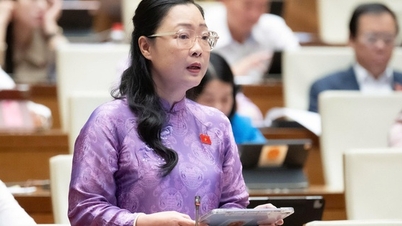

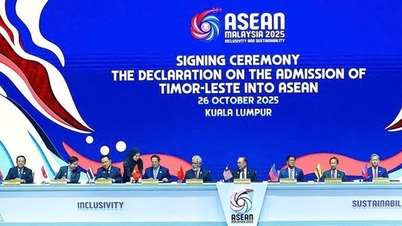



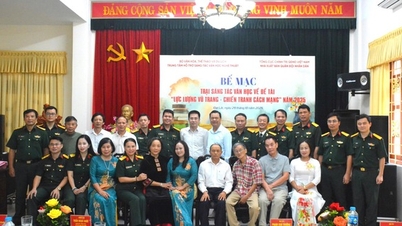
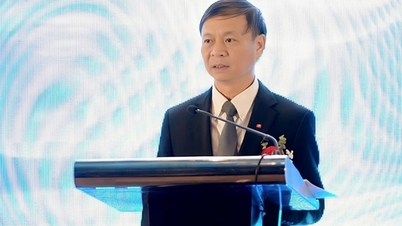
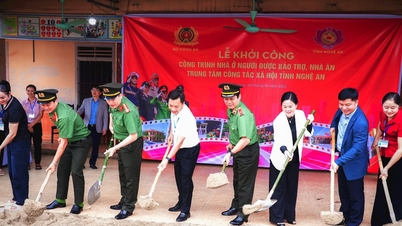

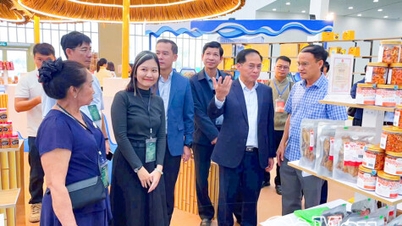


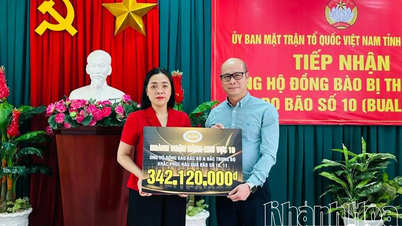

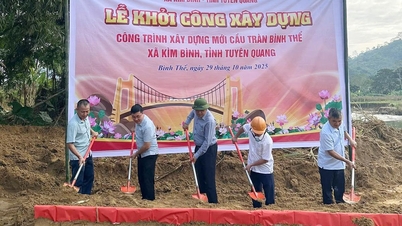

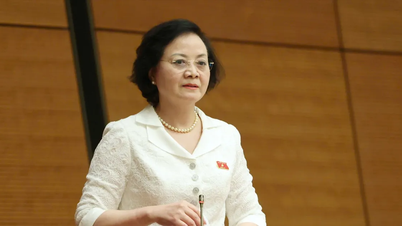















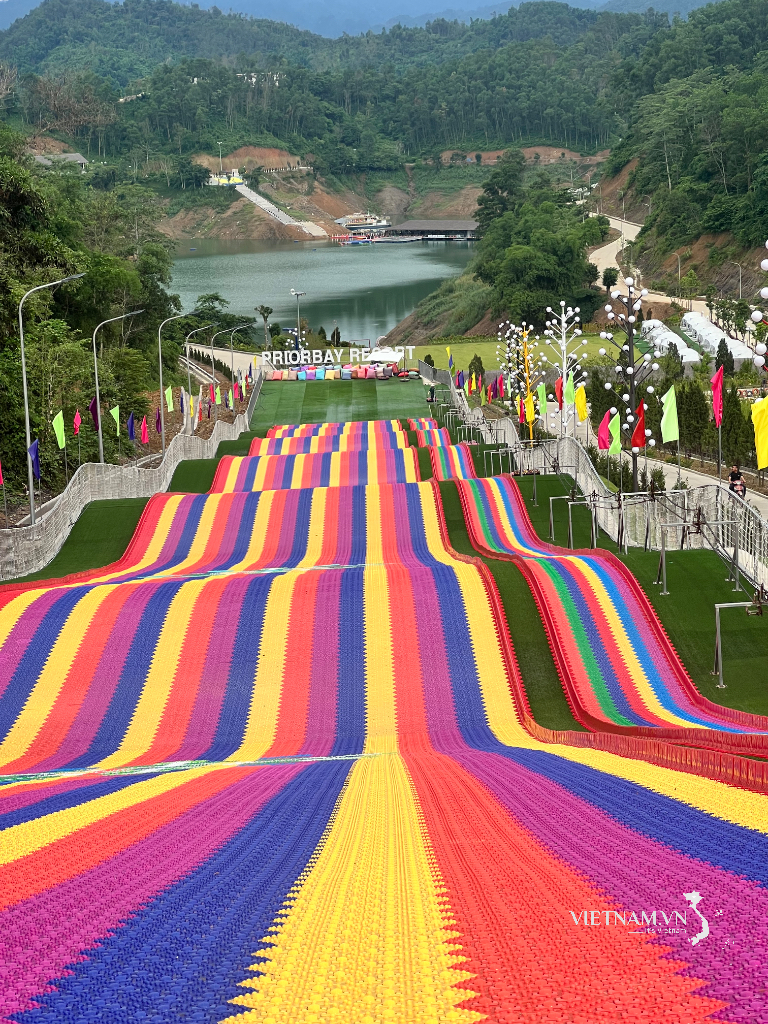
Comment (0)